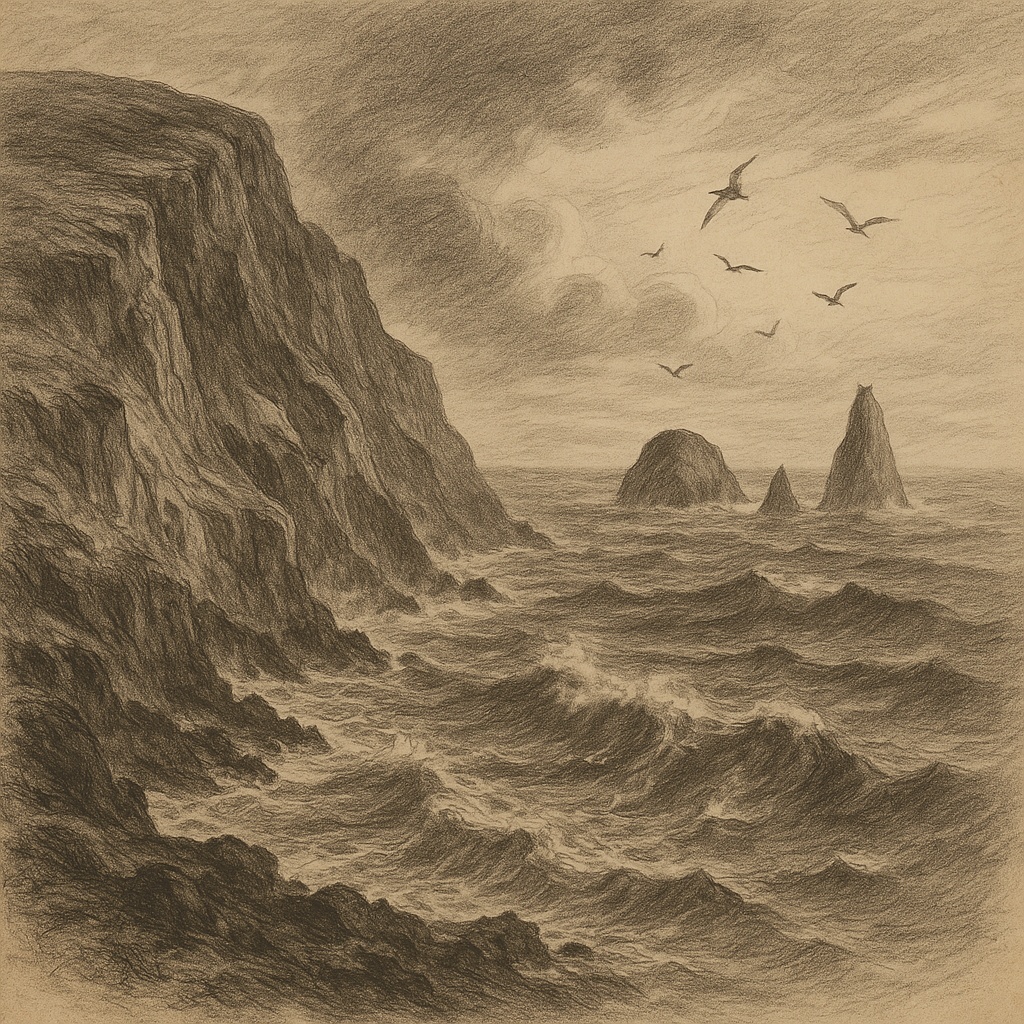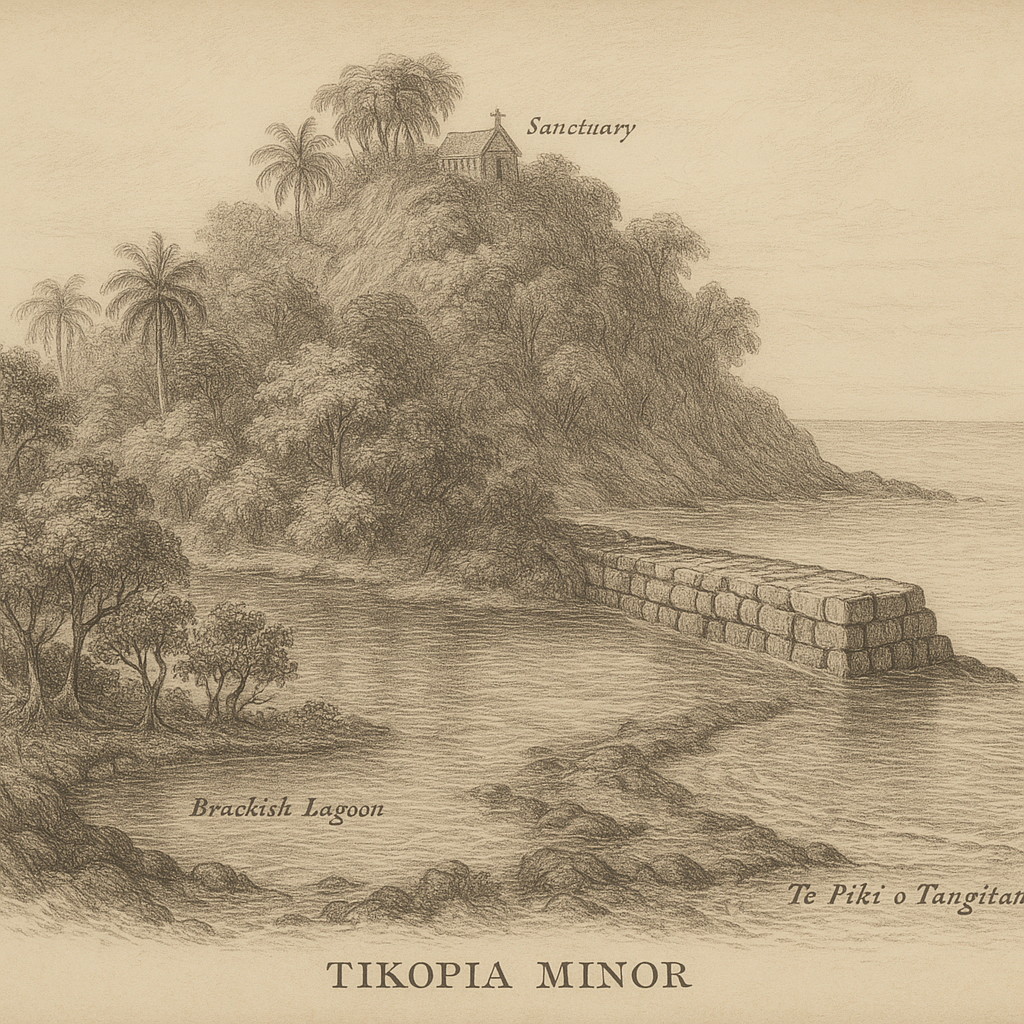Introduction to Motu Iti
Motu Iti, meaning “Little Island” in the Rapa Nui language, is a small, uninhabited islet located off the southwestern coast of Easter Island (Rapa Nui), in the southeastern Pacific Ocean. Though often overshadowed by the larger and more famous Easter Island, Motu Iti possesses a unique history, geographic significance, and cultural heritage that make it an intriguing destination for scholars, conservationists, and travelers alike. This remote, rocky outcrop embodies the rugged isolation of the Pacific islands and plays a key role in the environmental and cultural story of Rapa Nui.
Geography and Location
Motu Iti is part of a cluster of three volcanic islets, including Motu Nui and Motu Kao Kao, situated approximately 1.6 km southwest of Easter Island, near the dramatic cliffs of Rano Kau volcano. As the smallest of the trio, Motu Iti is a steep, rocky formation that sits above sea level, battered by waves and shaped by volcanic forces over millennia. The islet’s jagged profile emerges from the Pacific Ocean like the tip of a submerged mountain, a reminder of the volcanic origins of the entire region.
Technically a sea stack, Motu Iti covers a minimal area that varies slightly depending on tidal activity. Due to the exposed conditions and lack of freshwater sources, the islet remains devoid of permanent human habitation. Despite its diminutive size and inaccessibility, Motu Iti plays a significant ecological and historical role, especially as part of the Taputapuātea World Heritage Site, which includes Rapa Nui and its surrounding marine environment.
Geological and Ecological Features
Motu Iti, like its parent island Rapa Nui, is of volcanic origin. It represents the summit of a submarine volcanic structure that forms part of the Easter Seamount Chain, a series of underwater volcanoes stretching across the southeastern Pacific Ocean. The islet is primarily composed of basaltic rock formed from cooled lava, and its cliffs reveal layers of volcanic deposits shaped by wind, wave erosion, and tectonic uplift.
Despite its harsh environment, Motu Iti is a vital conservation area. It serves as a breeding ground for several species of seabirds, including the sooty tern (Onychoprion fuscatus), which nests in large colonies. These birds traditionally provided an important source of food (primarily eggs) for the Rapa Nui people. The marine ecosystems surrounding the islet are also rich in biodiversity, inhabited by coral, shellfish, and fish species, some of which are endemic.
Today, Motu Iti and the adjacent marine area are protected by the Rapa Nui Marine Protected Area, one of the largest in the world. This status ensures that the ecological integrity of the islet remains undisturbed by human interference, with fishing and access strictly regulated.
Historical and Cultural Significance
Throughout much of Rapa Nui’s history, Motu Iti played a culturally symbolic role, particularly during the era of the Tangata Manu or “Birdman” cult, which arose after the decline of the moai statue-building period around the 17th century. The island became the focal point of an annual competition held at the ceremonial village of Orongo, perched on the rim of Rano Kau.
In this ritual, competitors appointed by local clan leaders would descend the perilous cliffs of Rano Kau, swim to Motu Nui (passing by Motu Iti), and wait there for the first sooty tern egg of the season to be laid. The first competitor to retrieve an intact egg and swim back to Orongo, scaling the cliffs again, would win the contest. His sponsor would then be named the Tangata Manu for the year, a position of great religious and political power.
Although Motu Iti was not the location where the eggs were laid—this was primarily Motu Nui—it formed an important part of the journey and symbolized the dangers and trials associated with the competition. The endurance required to reach and return safely from this small, windswept islet contributed to the ritual’s mystical and heroic dimension.
Interesting Facts about Motu Iti
– Motu Iti is part of one of the most isolated archipelagos on Earth. The nearest inhabited land, other than Easter Island, is over 2,000 km away.
– The name “Motu Iti” literally translates to “small island” in the Rapa Nui language, underlining its modest size compared to its neighboring islet, Motu Nui (“big island”).
– During the height of the Birdman cult, access to Motu Iti, along with the surrounding islets, was restricted and governed by strict religious protocols.
– Sooty tern eggs were not only a spiritual symbol but also a rare dietary supplement for the Rapa Nui population.
– Today, drones and modern photography have allowed researchers to safely study Motu Iti from the air, helping to document bird populations and monitor coastal erosion without disturbing the habitat.
– The islet, along with Motu Nui and Motu Kao Kao, forms a scenic trio visible from the ceremonial village of Orongo, offering one of the most iconic views on Easter Island.
Legends and Myths of Motu Iti
The remoteness and stark beauty of Motu Iti have inspired numerous legends among the Rapa Nui people. One of the prevalent myths speaks of the guardian spirits of the islets—powerful entities believed to oversee the Birdman competition and control the arrival of the sacred sooty terns. Warriors and swimmers trained for years, not just physically, but spiritually, seeking the favor of these spirits before embarking on the dangerous journey.
Another legend speaks of a great sea turtle said to dwell in the waters between Motu Iti and Rano Kau. The turtle was believed to be the incarnation of Make-Make, the creator god of the Rapa Nui pantheon and patron of the Birdman cult. Sightings of the turtle were considered omens of success or failure in the Birdman race. If a competitor saw the turtle while swimming back with the egg, it was seen as a divine blessing, ensuring the safety of his journey and the strength of his chief’s rule.
These myths were passed down through generations and were often painted on cave walls or retold during ceremonial gatherings. Though the Birdman tradition faded with the arrival of Christianity and external influences in the 19th century, the spiritual legacy of Motu Iti endures in Rapa Nui culture to this day.
Access and Conservation
Due to its status as a protected area, Motu Iti is not accessible to the general public. Permits for research and conservation purposes are issued under strict conditions by Chilean authorities and the Rapa Nui National Park. Visitors must demonstrate a clear ecological or scientific purpose, and all travel must follow guidelines that prevent disruption to the sensitive bird habitats.
Modern conservation efforts focus on preserving both the ecological and cultural heritage of Motu Iti and its surrounding islets. These include monitoring of seabird populations, controlling invasive species, and promoting indigenous stewardship through collaboration with the Rapa Nui community.
Conclusion
Motu Iti may be a small and remote rock in the vast Pacific Ocean, but its significance far exceeds its size. From its role in ancient rituals to its status as a haven for seabirds, this unassuming islet continues to be a symbol of Rapa Nui’s deep connections between land, sea, and spirit. In a world increasingly focused on environmental preservation and cultural respect, Motu Iti stands as a testament to the enduring value of even the most hidden corners of our planet.



